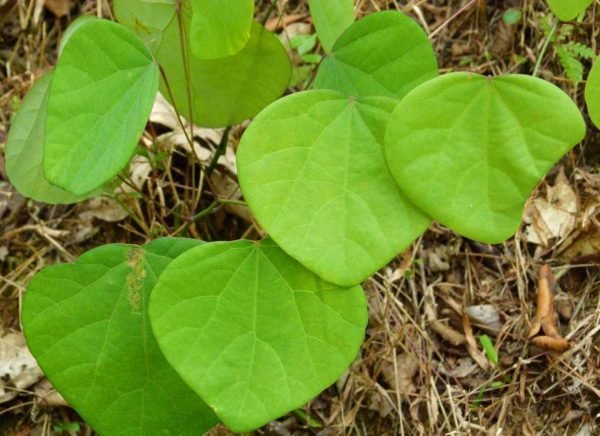Tetanus (Dhanustambha)
Following Ayurvedic medicines are suggested for Tetanus- 1. Giloy Sat: 5gm Sameerpannag Ras: 2.5gm Ekangveer Ras: 5gm Prawal Pishti: 5gm Brihat vat chintamani Ras: 1gm Mix all of these medicinal combinations and make 45 parts. Take 1 part three times a day with honey or lukewarm water empty stomach. 2. Trayodashang Gugul 1 tab (500 […]
Tetanus (Dhanustambha) Read More »



